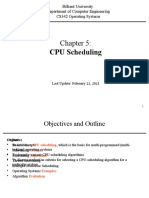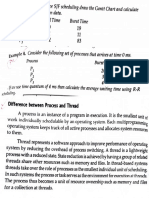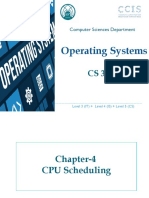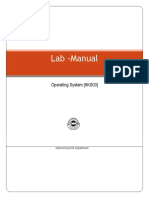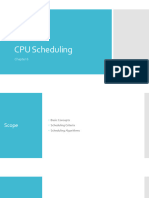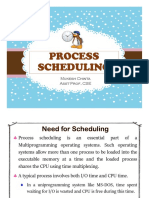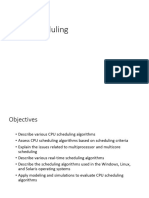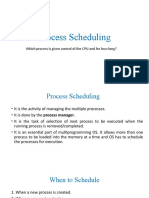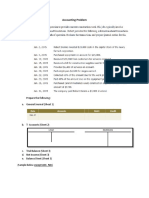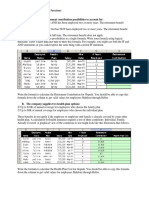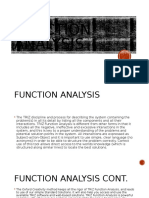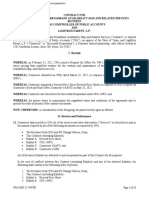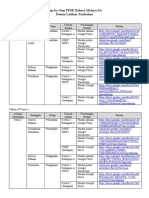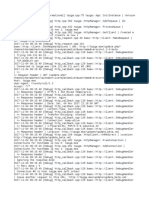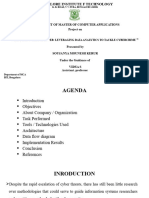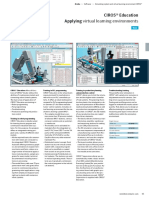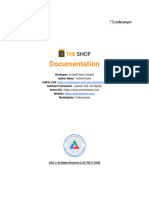0% found this document useful (0 votes)
104 views9 pagesOS-Lab Manual
The document contains instructions for 6 exercises on operating system concepts like process scheduling and synchronization. The exercises will be done using simulations in Eclipse or Visual Studio.Net. Exercise 1 describes a First-Come First-Served process scheduling simulation that calculates waiting times. Exercises 2-4 will simulate Shortest Job First, Priority, and Round Robin scheduling respectively. Exercise 5 will simulate process synchronization and Exercise 6 will simulate the Banker's Algorithm for deadlock avoidance.
Uploaded by
Ber MieCopyright
© © All Rights Reserved
We take content rights seriously. If you suspect this is your content, claim it here.
Available Formats
Download as DOCX, PDF, TXT or read online on Scribd
0% found this document useful (0 votes)
104 views9 pagesOS-Lab Manual
The document contains instructions for 6 exercises on operating system concepts like process scheduling and synchronization. The exercises will be done using simulations in Eclipse or Visual Studio.Net. Exercise 1 describes a First-Come First-Served process scheduling simulation that calculates waiting times. Exercises 2-4 will simulate Shortest Job First, Priority, and Round Robin scheduling respectively. Exercise 5 will simulate process synchronization and Exercise 6 will simulate the Banker's Algorithm for deadlock avoidance.
Uploaded by
Ber MieCopyright
© © All Rights Reserved
We take content rights seriously. If you suspect this is your content, claim it here.
Available Formats
Download as DOCX, PDF, TXT or read online on Scribd
/ 9








